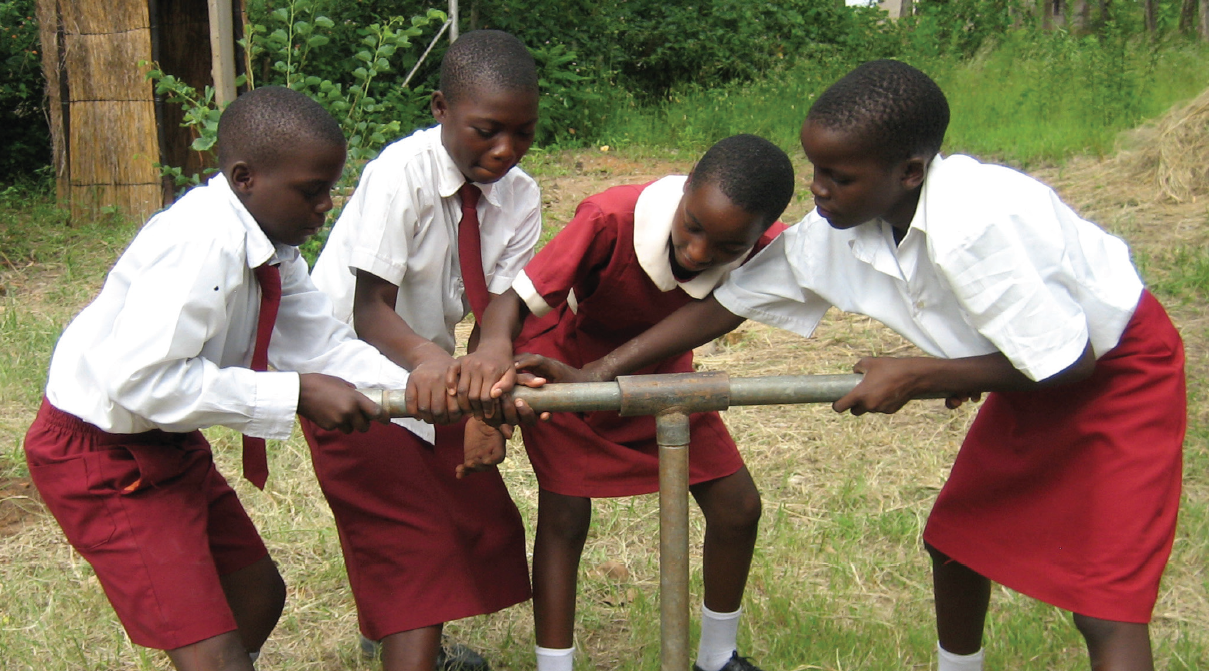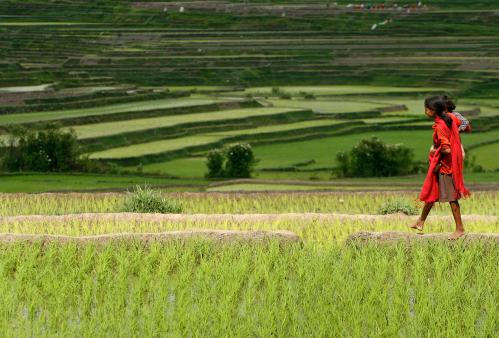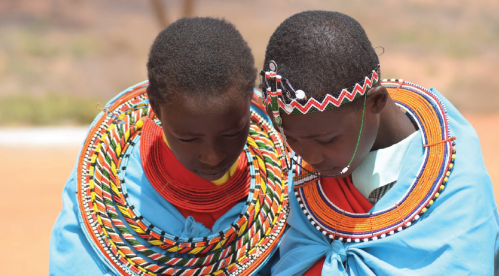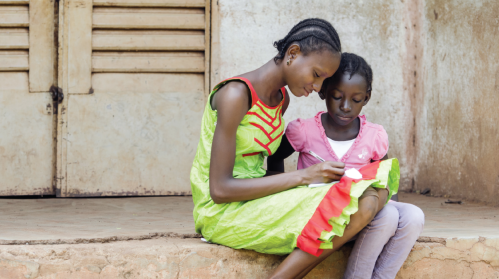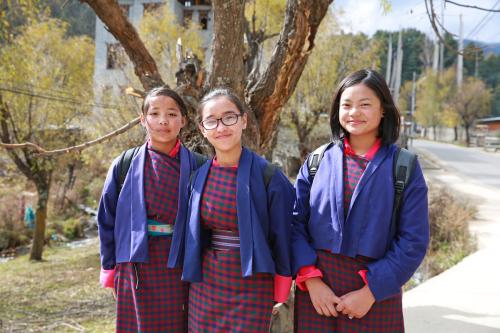Girls’ education and climate change are currently two of the most topical global issues in the development arena. Due to a myriad of limiting factors, more girls around the world are falling through the cracks in terms of their educational access, retention, and learning. At the same time, many countries and regions are facing more frequent and more intense climate-related extreme weather events such as heat waves, floods and droughts.
However, there appears to be minimal convergence between climate change and girls’ education conversations despite the negative effects that climatic shocks, such as droughts, have on girls’ education. As such droughts threaten to erode the gains made thus far to keep all girls and boys in school. Further, the climate factor has not been fully incorporated into education sector planning, girls’ education program design and donor funding models for this work, thus rendering it impossible for the education sector to respond to drought. Ultimately, the opportunity cost of using a “business as usual” approach to girls’ education is high for everyone involved—policymakers, donors, and development actors alike, but more so for the girls themselves.
This paper reflects some initial thinking on the significance of climate change, and more specifically drought, as a barrier to girls’ education. The paper highlights the opportunities presented by girls’ education work to build climate resilience at multiple levels—program, school, and community as well as at the level of the girl child—with a view to fostering a partnership between actors in the climate change and girls’ education sectors, which collectively ensures that every girl continues to learn, especially during crises.

